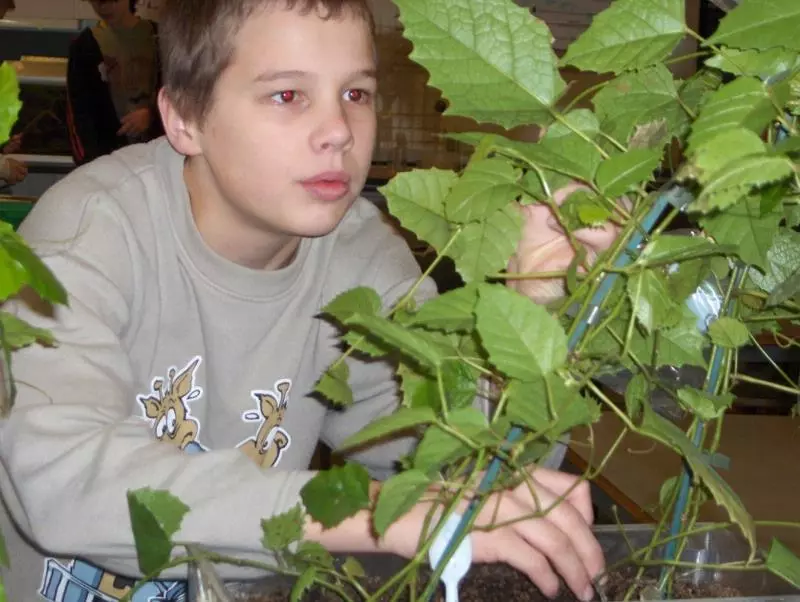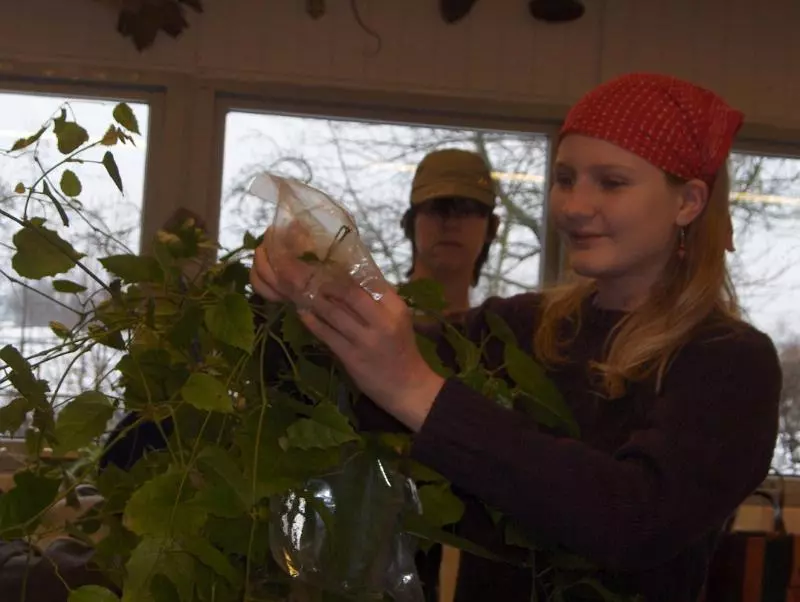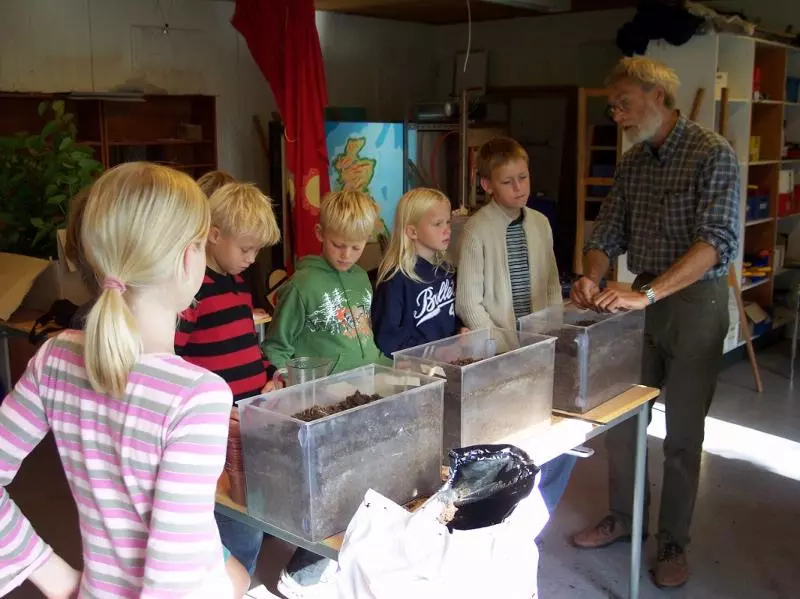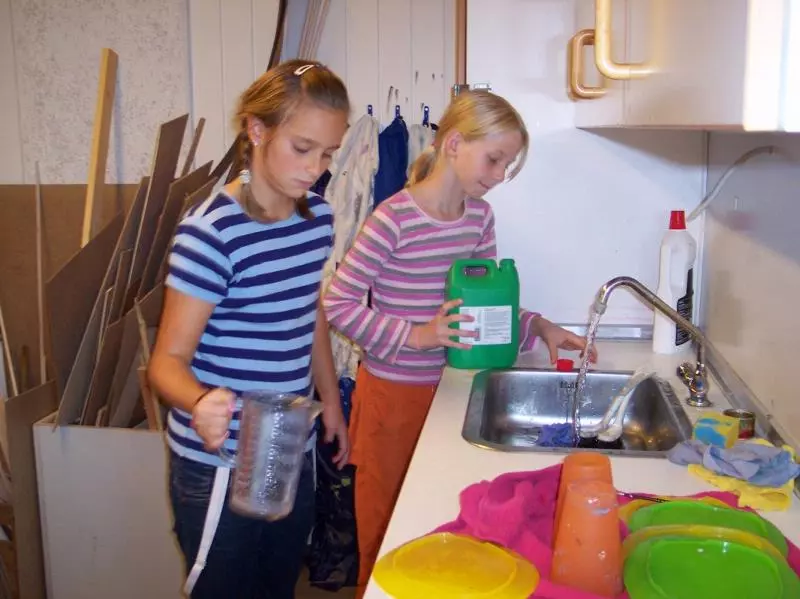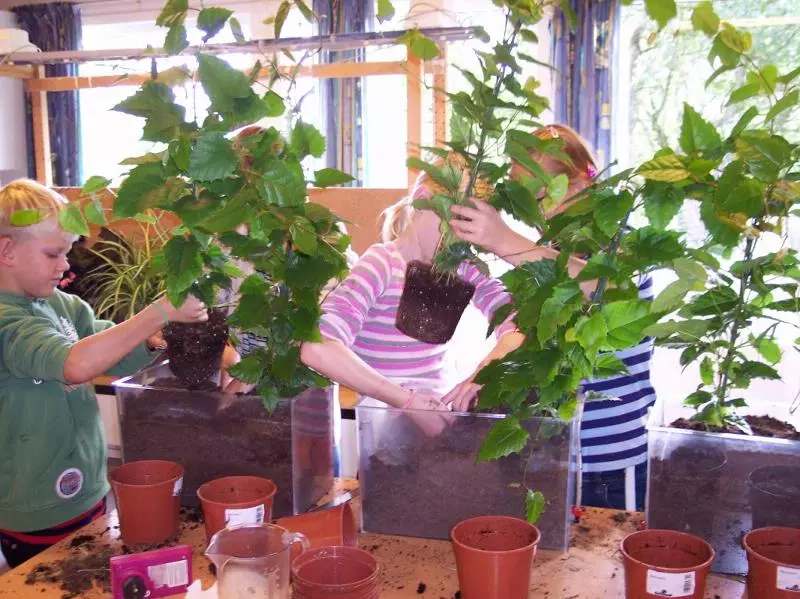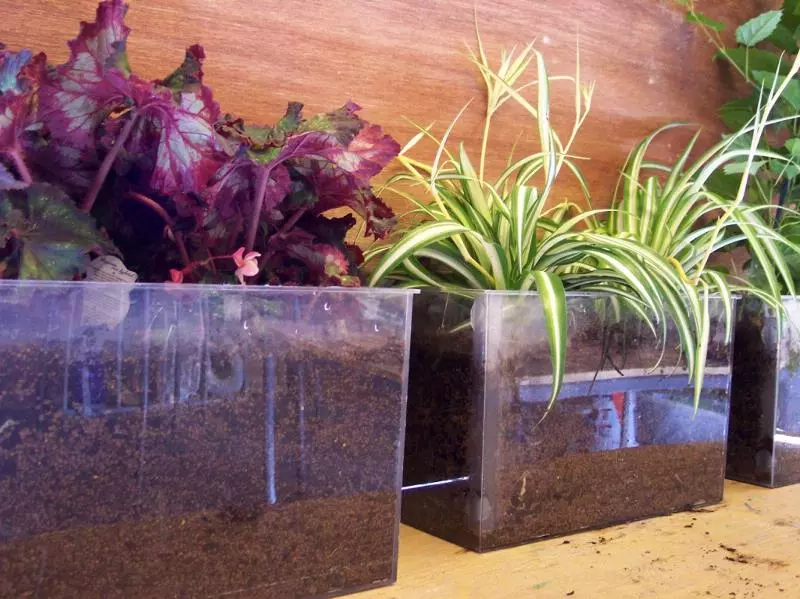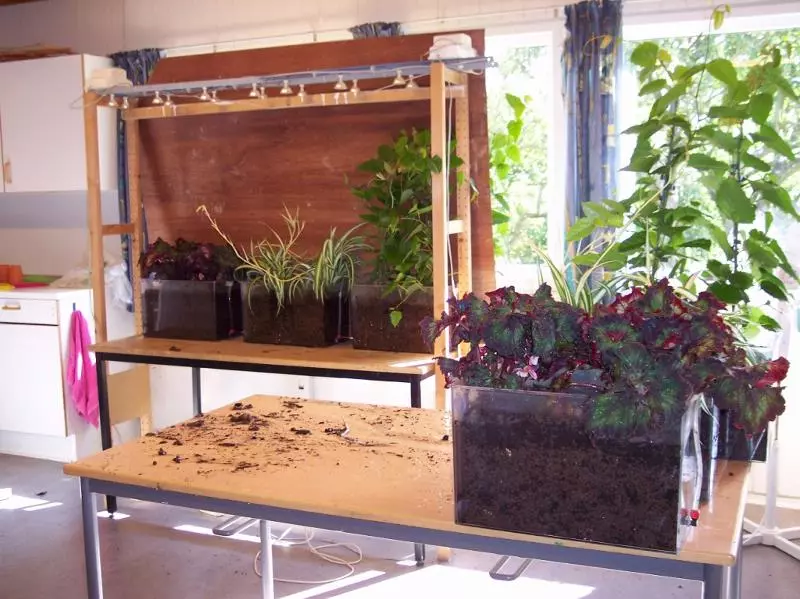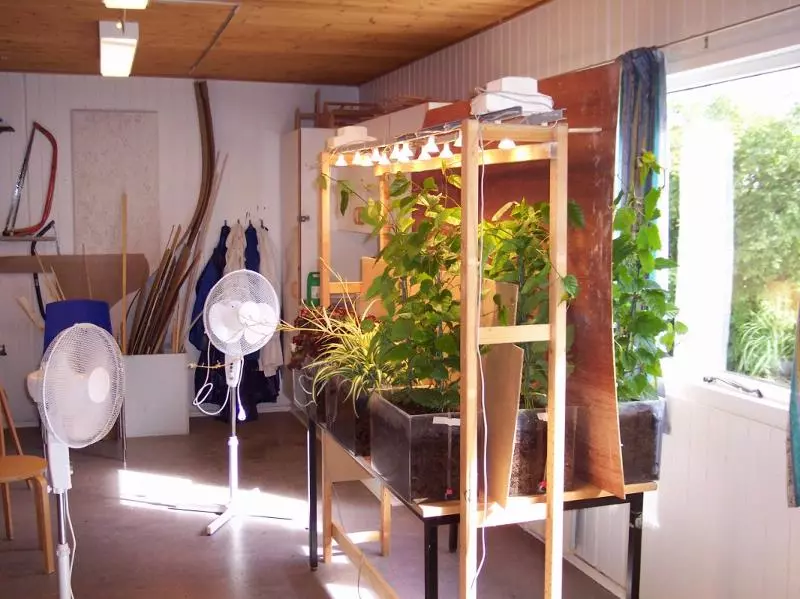Create a mini sewage evapotranspiration plant
Willow wastewater treatment plants provide the opportunity for wastewater treatment without any water discharge into the environment by evaporating the wastewater that comes to the system to the atmosphere. These systems are widely used at places with stringent water effluent standards and where soil infiltration discharge opportunities are limited. This experiment shows the potential use of different plant species and the effect of three different environmental conditions on the evaporation process.
Learning goals
- Pupils learn that water becomes polluted from house activities, that polluted water must be treated before discharging it back to the environment and that wastewater can be cleaned by using natural processes.
- Pupils should realise where water goes when it leaves our homes after use and understand the principles of wastewater treatment in a sewage treatment plant.
Background information
The willow wastewater cleaning facilities consist of about 1.5 m deep rectangular lined basins, that are filled with soil and planted with willows (e.g.: Salix viminalis). The surface area of the systems depends on the amount and quality of the sewage to be treated and the local annual rainfall. For a single household the typical area needed ranges between 200 to 300 m2 . Settled sewage is dispersed underground into the bed under pressure. When correctly dimensioned, and with healthy plants, the willows will - on an annual basis - evapotranspirate all the water from the sewage and the rain falling onto the system. The stems of the willows are harvested on a regular basis to remove nutrients and heavy metals and to stimulate the growth of the willows and mantain the evapotranspiration rates.
Time requirement
- Preparation time: 45 min
- Teaching time: 1 day
- Follow up: several weeks (follow up time is flexible and it can be adapted to the teaching goals in other subjects)
Material requirement
- 3 different plant species
- 9 aquariums or transparent plastic boxes with an approximate volume of 10 litres each
- 80 litres of light clay aggregates 0-2 mm (or similar inert material)
- 40 litres of Sphagnum moss
- 1 concentrated fertilizer solution
- 1 electrical fan
- 9 water level indicator (piezometer that can be constructed by the students as class activity)
- 1 light installation
- 2 electricity timer
- 1 thermometer
Let's start
Install a water level indicator (Piezometer) in the inside corner of each aquarium. It will be used to measure the water level in the planted tank. The water level indicators can be bought at a flower shop or can be built by the students using transparent pipe or flexible transparent hose and a measuring scale that should be attached to the wall of each aquarium.
Prepare about 110 litres of «soil» by mixing 70% small grain sized lightweight aggregate and 30% sphagnum moss. Fill each aquarium almost to the top with the soil mixture and plant them, making sure that each aquarium gets a different plant species.
Have the students dilute the nutrient solution according to the product's preparation instructions. To start the experiment the group will need approximately 40 litres of nutrient solution so that all the planted aquariums are filled with sufficient nutrient solution.
The plants will evaporate water every day and therefore the water level will decrease and there will be a need to refill the aquariums after some days. Let the pupil calculate how much fresh nutrient solution they have to prepare to refill according to the decrease of water level read in the level indicator of each aquarium. Remind the students to log the data for reporting the results, for plotting the measured parameter evolution and to compare results.
Once the aquariums are fully prepared the experiment requires the setting up of the different environmental conditions. The first set of plants should be placed so that they only receive natural light (adjacent to a widow). The second group of plants should be separated from the previous set and should only only be exposed to artificial light. The third section, should be exposed to artificial light and the fans that simulate the effect of the wind. The electricity control timer must be set so that light and fan operation time is similar to the time length of natural light incidence to make the logged results comparable.
Once the experiment is set up, the students should monitor the evolution of the water level in the aquariums to evaluate the effect of climatic conditions on the evapotranspiration of the plants. Additional discussions can be made by comparing the usage of water according to plant species.
See and feel
- Water level (daily)
- Plant height and health (vitality and colour of leaves)
- Temperature
The students should record the water level, plant growth and health and temperature of the different aquariums and produce comparative graphs.
Didactical comments
Although the system deals basically with wastewater, the use of it in a class room can be considered a health risk. Therefore the use of a commercial artificial nutrient solution to feed the plants is recommended.
Ensure that the assimilation light or the «wind» generated by the fans does not influence the other plots. Keep the environmental sections separated from each other with enough distance and/or separate the plots with a stiff curtain or plywood boards.
The setting up of the experiment can be divided in different groups and tasks should be assigned to involve the entire group.
